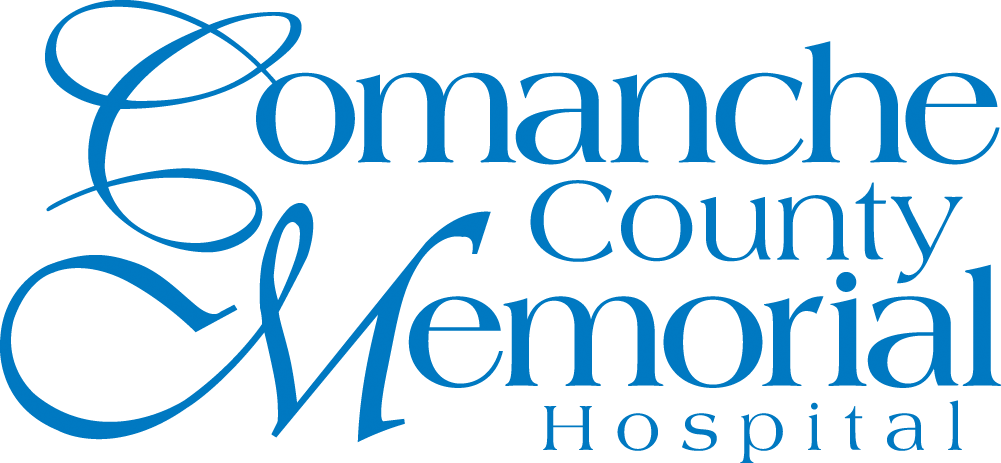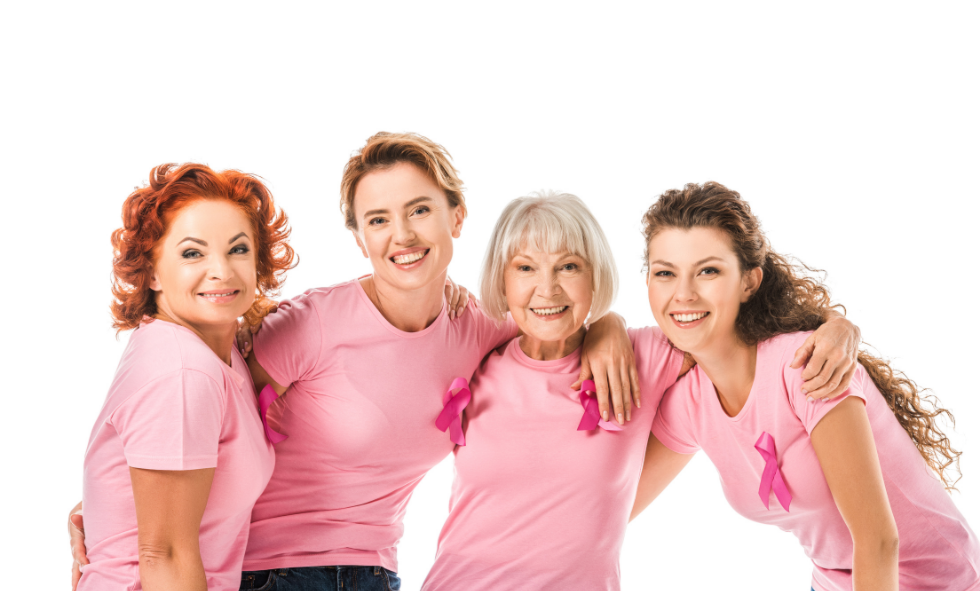October is Breast Cancer Awareness month. It is a month dedicated to spreading awareness, tools, resources, and support for women (and men) with or at risk for Breast Cancer.
Living a Lifestyle to Prevent Breast Cancer
Breast Cancer risks can be reduced by practicing healthy lifestyle choices. These lifestyle choices include:
- Get regular exercise and move your body every day of the week.
- Achieve and maintain a healthy weight by eating healthy foods and exercising daily.
- Eat a variety of vegetables and fruits. Include dark green, red and orange vegetables and beans, such as lentils, peas and soy foods.
- Choose 100 percent whole grain foods like cereal and brown rice.
- Focus on eating “good” fats (polyunsaturated and monounsaturated fats) in foods such as avocados, nuts, and pure vegetable oils.
- Limit processed meat, such as beef, bacon and sausage, and try to choose chicken, fish or beans more often.
- Choose water or unsweetened beverages over sugary alternatives like soda.
- Limit or avoid highly processed foods including processed snacks and fast food.
- Limit alcohol intake to less than 1 drink a day for women and less than 2 drinks a day for men.
Other suggestions for a healthy lifestyle include choosing organic foods. This includes dairy products, grass-fed beef and hormone/antibiotic free poultry. In addition, look for organic fruits and vegetables that are not treated with pesticides.
Breast Cancer Screening
In addition to a healthy lifestyle, at-home screenings are one of the best ways to combat breast cancer and detect it early enough for successful treatment. The steps to successfully screening yourself at home include:
- Look at your breasts in the mirror with your shoulders straight and your arms on your hips. Look for:
- Breasts that are their usual size, shape, and color
- Evenly shaped breasts without visible distortion or swelling
Talk to your doctor if you see dimpling, puckering, or bulging of the skin, or a nipple that has changed position or becomes inverted.
- Now, raise your arms and look for the same changes.
- While you’re in the mirror, look for any fluid coming out of one or both nipples. This could be a watery, milky, or yellow fluid or blood.
- Next, feel your breasts while lying down, using your right hand to feel your left breast and then your left hand to feel your right breast. Use a firm, smooth touch with the first few finger pads of your hand, keeping the fingers flat and together. Use a circular motion, about the size of a quarter.
- Finally, feel your breasts while you are standing or sitting. Many women find that the easiest way to feel their breasts is when their skin is wet and slippery. Many prefer to do this step in the shower. Cover your entire breast, using the same hand movements described in step 4.
Raising Self Awareness of Breast Cancer Risk
Knowing your family’s history can be a very important factor in your breast health and preventative measures in regards to Breast Cancer. Ask your immediate family if they or any of their immediate family members had breast cancer in any form or stage. You can also set up an appointment with your doctor or OBGYN provider. Talking about your health to family and healthcare providers is the best way to become more aware of your risks and to take preventative measures throughout your life to beat breast cancer.
If you’d like to set up an appointment for a Mammogram or Breast Ultrasound, Contact the McMahon Center for Breast Health, Imaging Services at 580.250.5846.
Disclaimer:
The Comanche County Memorial Hospital website does not provide specific medical advice for individual cases. Comanche County Memorial Hospital does not endorse any services obtained through information provided on this site, articles on the site or any links on this site.
Use of the information obtained by the Comanche County Memorial Hospital website does not replace medical advice given by a qualified medical provider to meet the medical needs of our readers or others.
While content is frequently updated, medical information changes quickly. Information may be out of date, and/or contain inaccuracies or typographical errors. For questions or concerns, please contact us at contact@ccmhhealth.com.
Sources:
Susan G. Komen: https://ww5.komen.org/BreastCancer/HealthyBehaviorsampRisk.html
BreastCancer.org: https://www.breastcancer.org/symptoms/testing/types/self_exam
CCMH: https://www.ccmhhealth.com/womens-health/womens-imaging/mammogram/

